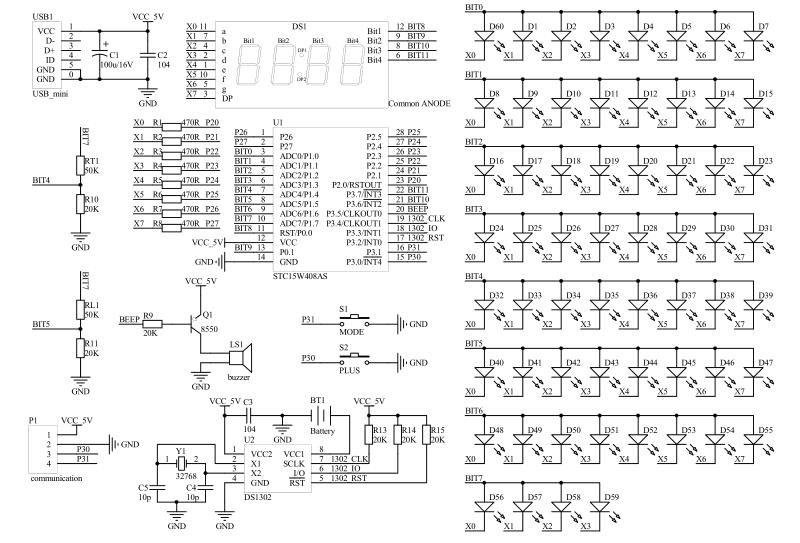I want to build my own custom clock. To save space I need to know if there is a single microprocessor that can do this.
It must control the 4 digit 7 segment counter that shows the time. Indicate AM/PM
Plus, I want to use 60 LEDs circling the clock face that will light up one LED for one second, turn off, light up next LED, etc..
I will also need to know the best way to program the microprocessor.
It must control the 4 digit 7 segment counter that shows the time. Indicate AM/PM
Plus, I want to use 60 LEDs circling the clock face that will light up one LED for one second, turn off, light up next LED, etc..
I will also need to know the best way to program the microprocessor.
Last edited:

